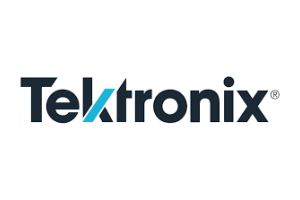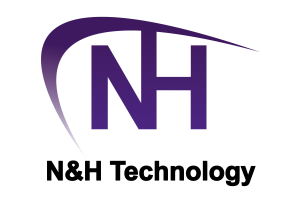Research on Solar Energy
Digital Twin to Make Generation Cheaper
In the »VR4PV« project, Fraunhofer researchers have been working with partners from industry to research how the operating costs of solar parks can be reduced and thus how solar energy can be generated more cheaply. One of the results: A digital twin offers optimal support for this.
To ensure that solar power can be produced cost-effectively in the future, the performance of the solar parks must be permanently secured, technical failures must be reduced and the ageing of the plants must be slowed down. The monitoring of the plants plays an important role here.
When large-scale plants are built, the data from the construction planning is often entered into the system as initial data - not least for cost reasons. Deviations and changed information that arise during construction are not mapped at all, only incompletely or incorrectly. The result is more or less serious deviations between the plan and the realised construction project.
During operation, the lack of comparison between the planned and the actual state leads to delayed identification of damage cases and thus to unnecessary technical failures of various system components and faster ageing of the systems.
The »VR4PV« project
This is where the research project »VR4PV« came in. Together with the industrial partners Denkweit and Dexor Technology, the Fraunhofer Center for Silicon Photovoltaics (CSP) and the Fraunhofer Institute for Factory Operation and Automation (IFF) developed a virtual environment and a digital image of photovoltaic systems for the future analysis, inspection and maintenance of photovoltaic parks. A digital image of an entire solar plant was created which combines both the geographical and electrical context of the individual components and also enables data and files on these components to be recorded and displayed.
»Automated data recording and visualisation of systems enables faster detection of technical problems and yield losses in systems and forms the cornerstone for efficient and reliable commissioning, as well as for the development of operations management and maintenance strategies and associated services based on this,« explains Dr Matthias Ebert, group leader »PV Systems and Integration« at Fraunhofer CSP.
As part of the project, the researchers used suitable imaging methods to record the PV systems as a whole, as well as at component level, in combination with the necessary geolocation. Using deep learning methods, data routines were developed and applied for the automated acquisition and allocation of system-relevant variables.
Creation of the digital twin
A data management concept was also developed to structure a database of the acquired and modelled data (health record) based on AutomationML. With the aid of drone and detailed images and an AI-based evaluation, it was possible to create a digital image of the PV system under investigation in the form of a 3D model as a virtual reality application in the Fraunhofer IFF's Elbedome. The researchers have thus created the prerequisites for a digital twin of PV systems.
Due to the digital structure, the planning status could be compared with the actually implemented actual status of the PV system. In the process, information was bundled through the detailed recording and organisation of the digital data, and previously not digitally accessible information was documented during construction and maintenance.
This allows for more cost-effective operation management and lowers the energy generation costs. This reduces the running costs for electricity generation from photovoltaics, the systems are less susceptible to faults and thus efficient over a longer period of time.





